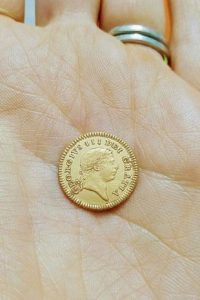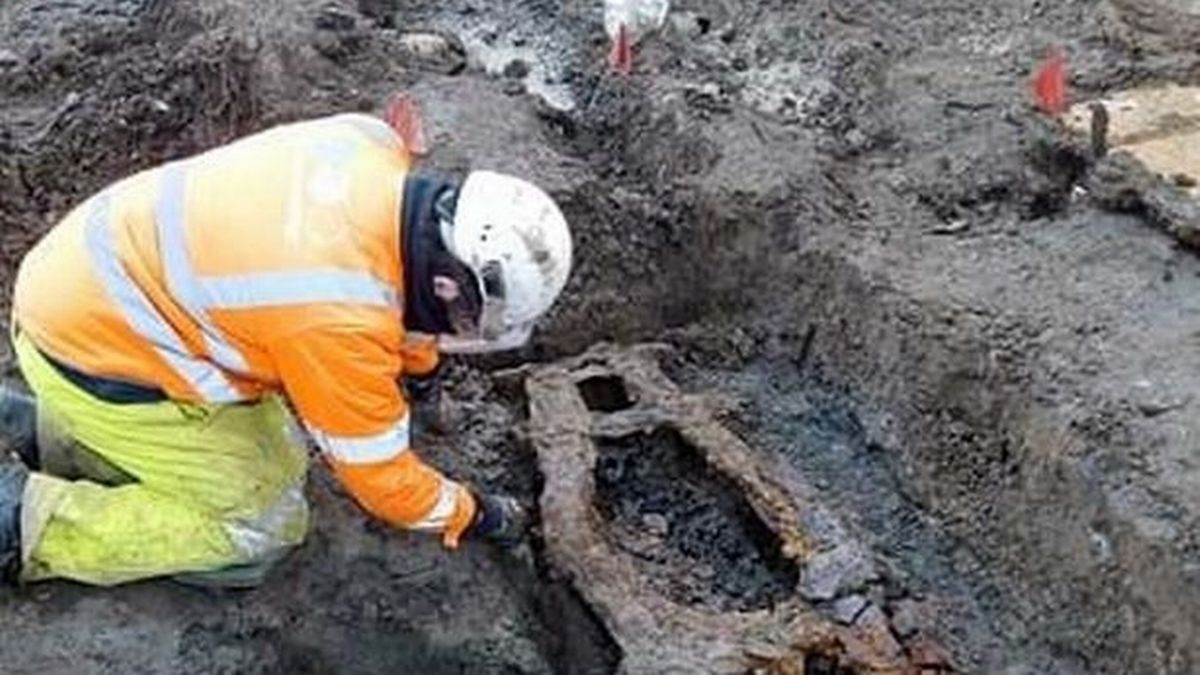Nearly 10,000 skeletons discovered in mass graves under a UK city
A massive 12-month archaeological dig discovered the bones of around 10,000 individuals.
During its peak, more than 300 people were discovered each week as 90 employees worked to unravel the mysteries at the Hull site.

The site was first dedicated in July 1785 as a response to an emergency problem at what was then Holy Trinity Church in Hull’s Old Town, when available space in the historic graveyard was quickly running out.

The new burial site was utilised for burials until 1861, and approximately 43,000 graves were registered on the parish register during that time, according to Hull Live.
Stephen Rowland, project manager, stated: “Although some of those persons are likely to be buried in the original mediaeval cemetery located directly around the church, the bulk are thought to be buried in Trinity Burial Ground on Castle Street.
“At the height of the excavation effort, around 90 people were working on the project in a variety of jobs, and roughly 300 people’s bones were being excavated each week.
[adinserter block=”6”]
“Further investigation of the findings, as well as the remains of about 9,500 people who have been properly and respectfully unearthed, will be carried out before they are reburied.”
“The reburial takes place in a dug trench that is part of the burial ground but outside the footprint of the road.”
While the physical task of delving deep into the history of the ancient Trinity burial site is mostly completed, specialists from the project team Oxford Archaeology North will shortly undertake extensive desktop data investigations on their discoveries.
[adinserter block=”6″]
Mr Rowland stated that his team’s study at the site over the previous year has already revealed a lot of information on Hull’s population when it began to grow quickly in the late 18th century.
“The most ordered graves were in many rows beside a walkway leading from the main entrance in the middle eastern section.
“These are considered to be wealthy persons, with some having well-furnished coffins filled with a plethora of ornamental furnishings and occupying brick-built tombs of various styles.
[adinserter block=”6”]
“In some cases, we discovered devices known as mort safes that had been erected to prevent body theft, a typical contemporary practise at Trinity Burial Ground and attested to by different historical sources.
“The majority of these consist of basic iron strapping wrapped around the wooden coffin, although one burial used more extreme precautions.
“After a boiler, he was examining collapsed on his head, William Watkinson was buried by his coworkers.
“Three iron boilerplates were placed in the grave, above the coffin, which was encased in an iron cage, and a piece of boilerplate was integrated into the gravestone.
“Although similar buildings have been discovered elsewhere in the nation, they are uncommon in the north of England.”
Mr Rowland said that several artefacts had been found, many of which had a clear relationship to graves.
“Simple copper-alloy pins were most commonly used to hold shrouds, coffin linings, clothes, and hair to ensure that the body appeared presentable during viewings.
“There were several garment fits and personal adornment items, such as buttons of various patterns and materials, hair combs, jewellery, and Dutch coins.
“There was also a slew of strange things. We were startled to see a conch shell – perhaps it was a gift from our travels abroad?
[adinserter block=”6”]
“A trade bead was also recognised as an ordinary blue glass bead. These are common in European colonies in Africa, where they were part of a package of commodities exchanged for slaves.
“When recovered as standalone items, they are not commonly recognised in UK contexts, and some may have been mistaken with older beads from the Saxon and Roman eras.
“Several plate graves were also discovered, which means that the person was buried with a ceramic plate.
“It’s conceivable that these plates previously carried salt, which was thought to have protective powers and to be a symbol of perpetual life, and numerous instances of these have been discovered in post-medieval burial cemeteries in London and Birmingham.”
Mr Rowland stated that laboratory work at the site had now been completed and that examination of the osteological data was about to begin.
[adinserter block=”6″]
“This will look into issues like population mortality trends and patterns of health and illness,” he said.
“However, early observations obtained while recording shows a high frequency of deficiency illnesses like rickets and scurvy, a high incidence of nasal fractures in adults, poor oral health, and the existence of diseases like TB and syphilis.”
Some of the skeletons also exhibited examples of surgery used during the time period.
Mr Rowland stated: “Amputations that had healed and a rare case of a repaired hole bored into a skull gave proof of surgical treatments.
“There was also indications of the autopsy, most notably craniotomies, in which the skull was sliced open post-mortem to examine the brain.
[adinserter block=”6”]
“One casket had the remains of three anatomised persons, with significant post-mortem incisions to the bones indicating these were most likely cadavers used for instruction.”




